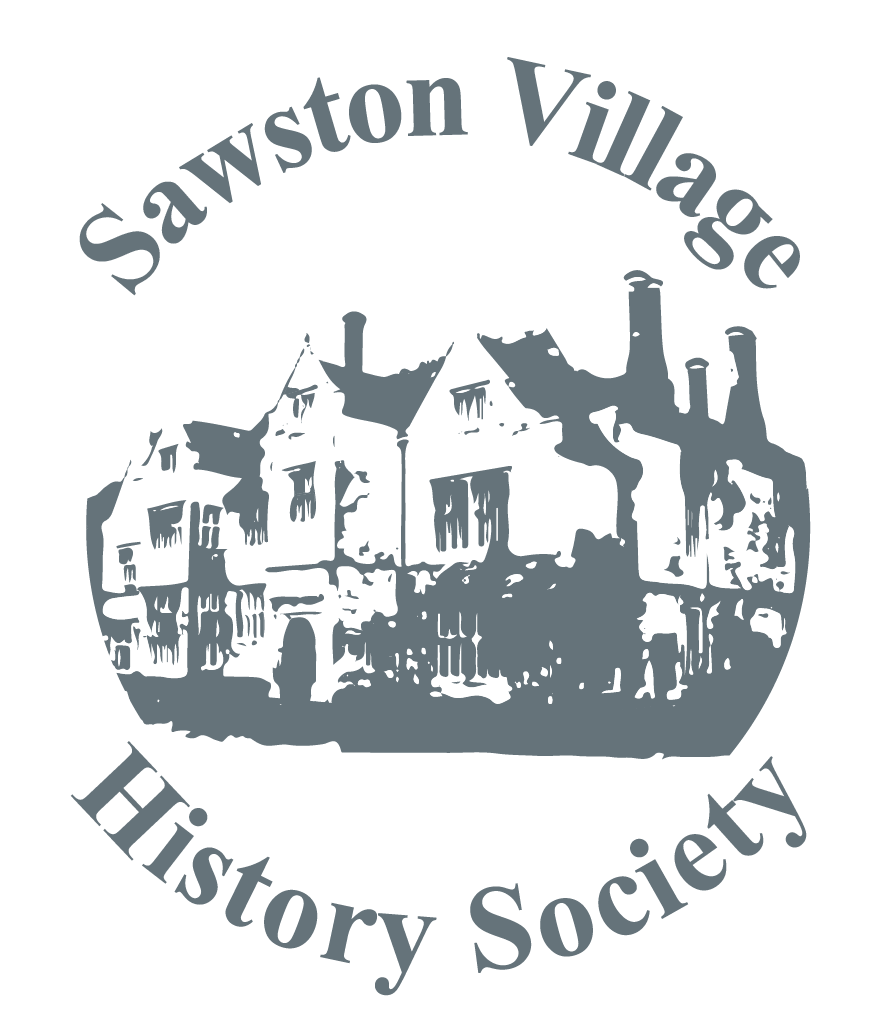
We met our guide Mark at the Bridge End entrance just before the Eight Bells, walked to the 150 year old plane tree marking a meeting of two entrance paths, and then on to the original gate to the gardens. The gardens were designed by Atkins Gibson in 1840 and given to his son Francis as a wedding present in 1870.
We began our tour in the sunken Dutch parterre garden which was restored in 2002 following a drawing by Gertrude Jekyll when she visited in the early 1900s. A parterre is designed with attractive scrolls of box hedging and Mark explained the history and design of such gardens.
From there we went to the wilderness garden under a recently constructed walkway with trained laburnum trees for a bright yellow colour after the spring bulbs had finished flowering. Steps led up to lawns and the long walkway ending with a small knot garden where box hedges take the shape of a wheel with spokes radiating from the centre broken up with straight or slightly curved cross hedges. This small area was known as Poet’s Corner where Elizabeth Gibson, Francis’ wife, used to sit and compose.
The Rose Garden was our next vista and unfortunately a wet day followed by a damp evening didn’t do justice to the perfume which is noticeable on a warm, sunny day. The small statue in the middle had lost his bow and small children likened him to Usain Bolt punching the air.
Jacob’s Well was named by Francis Gibson and was a large ‘water butt’. A gardener cranked water into it from the river then pumped the resulting water into another ‘water butt’ higher up. It is only possible for one man to crank water as high as 18 feet, hence the water being moved in two stages to the higher garden.
Mark led us into the summer house and explained some of the history of the Gibson family and how the garden had evolved in Victorian times. There had been eleven gardeners and now there were only two. They had found the remains of a brick kiln and suggested the bricks for the high long garden walls were made on site with clay brought in from the Dunmow area.
Our next visit was to the Vegetable Garden which is mainly laid to lawns with local varieties of espalier apple trees either side of the paths. From there we passed under the archway with Lord Byron’s statue above it, and the green man above him, to view Neptune’s tile above a capped well which had previously been hidden under piles of earth.
We were led from here to the back of the maze and given directions on how to get to the middle – successfully achieved! Mark explained about the only modern statue in the garden which loosely depicts a mermaid and why there are three stone balls here as well. The observation platform was renovated by a metalworker whose trademark is a snail. As other metalwork is repaired more snails are added to create an interesting snail trail for children while their parents discuss plants. There are four to find at present.
Back in the Veg Garden Mark explained some of the uses of both the flowers and vegetables which were popular in Victorian times including radish seed pods, often called rat-tailed radishes (Raphanas caudatus). The roots weren’t eaten then. Some of the globe artichokes were allowed to flower and these were very popular with florists.
We ended our tour at the pond which is covered and looked neglected but it is home to crested newts and can only be cleaned and weeded in the winter months.
Mark was an excellent and very enthusiastic story teller and at each stop he told us the history of that area and added interesting snippets of family and local memorabilia.
Liz Dockerill